
HOME





HOME
|

|

|

|

|
|
P R O F I L E |
||||
|
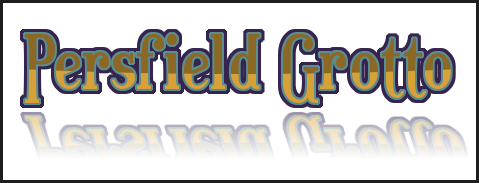  Persfield or Piersfield
Persfield or PiersfieldGrotto Ruin Piersfield Monmouthshire United Kingdom The estate of Persfield is recorded from the 14th century when it was owned by the Walter family. They parted with it in the 18th century. It was Valentine Morris (1727 - 1789) who, after inheriting the property and taking up residence in 1753, landscaped the parkland in the style of Capability Brown with the assistance of Richard Owen Cambridge. The architect was Charles Howells and a Chepstow builder William Knowles carried out much of the work. It quickly established a national reputation as an early example of a picturesque landscape. This was aided by it's position along the cliff top of the River Wye gorge. The result was magnificent vistas with which to supplement the appeal of the temple, druids cave, grotto and bathing house. Joseph Banks was so enthralled that he declared it the most beautiful place he ever saw. 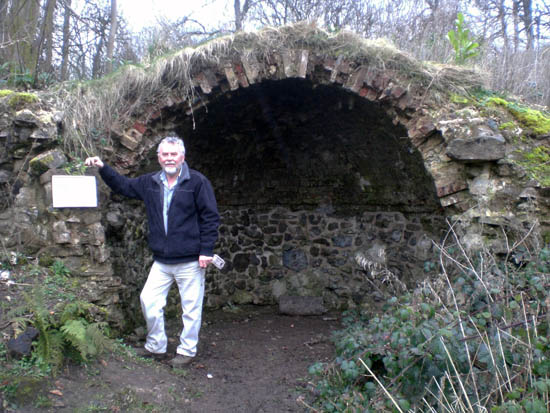
The grotto, located on the cliff top was constructed into the side of an Iron Age Hill Fort sometime around 1760. It was originally lined with minerals, glass fragments and furnace slag. Arthur Young in 1767/8 describes it as a small cave in the rock decorated with stones of various kinds and with an exquisitely beautiful point of view. Today the cliff top is overgrown and the view can only be imagined. The Reverend Luke Booker gives an interesting account of the locality and Valentine Morris the creator of the parkland in his book Springs of Plynlimon (1834). Morris inherited the estate and moved his family to Persfield in 1753. For some 20 years he devoted his energies to creating the landscaping and was noted for his generosity to all. 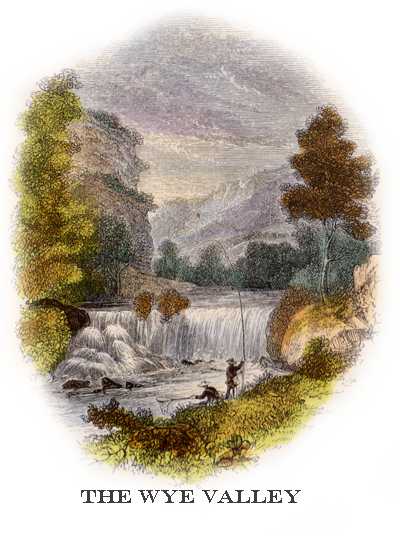 He was bankrupted in the 1870s however. On his way to London and misery, his carriage stopped on Chepstow Bridge and he briefly alighted to view the Wye Valley Gorge. Booker records how Morris wept as he saw it for the last time. Also recorded is how one who knew him earlier during his days of prosperity last saw Valentine Morris. "The last time I saw Mr Morris was at an early hour of a chill November morning, when he was receiving , in a brown porringer, a pennyworth of skimmed milk, for his breakfast, through the grated door of the King's Bench prison!" The prison was in Borough on the south side of the Thames in London. The Persfield estate was sold in 1784 and Valentine Morris died in Bloomsbury, London in 1789. At the time Bloomsbury was occupied by prison "inmates" under the Liberty of Rules enabling accommodation within an area of 3 square miles of the prison.
He was bankrupted in the 1870s however. On his way to London and misery, his carriage stopped on Chepstow Bridge and he briefly alighted to view the Wye Valley Gorge. Booker records how Morris wept as he saw it for the last time. Also recorded is how one who knew him earlier during his days of prosperity last saw Valentine Morris. "The last time I saw Mr Morris was at an early hour of a chill November morning, when he was receiving , in a brown porringer, a pennyworth of skimmed milk, for his breakfast, through the grated door of the King's Bench prison!" The prison was in Borough on the south side of the Thames in London. The Persfield estate was sold in 1784 and Valentine Morris died in Bloomsbury, London in 1789. At the time Bloomsbury was occupied by prison "inmates" under the Liberty of Rules enabling accommodation within an area of 3 square miles of the prison.
Chepstow Racecourse now dominates this part of the cliff top landscape. It was opened in 1926 by the Clay family who then owned the estate. However the remains of some of the Morris landscape features can be seen by joining the cliff top footpath about one half mile from Chepstow by the Leisure Centre. Follow the path north for about a mile away from Chepstow and the grotto is on the left in the woods. Follow the path further and it will eventually lead you to the famous ruin of Tintern Abbey. The estate was a base for unfinished aircraft during World War II. Persfield House was used by the military and suffered somewhat in the hands of the Americans who used parts of it for target practice. Today the house is a ruin desperately awaiting restoration. 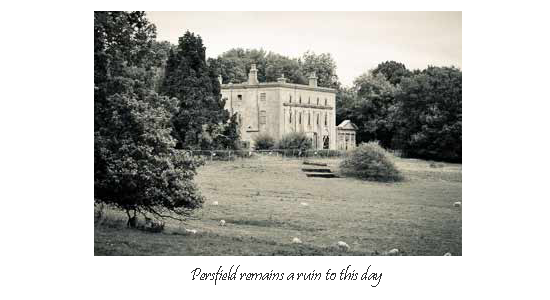 Click Website below for more detail of Piercefield House today.
Click Website below for more detail of Piercefield House today.
Illustrations: 1. The grotto sketched in 1780 by Rev. John Pidden. 2. Glimpse of the grotto in the woods with Dr Bruce Osborne. 3. The Wye Valley Gorge as Valentine Morris saw it for the last time. 4. Footpath map from the Leisure Centre north to the grotto in Pierce Woods. Website: Click Here ADDITIONAL INFORMATION 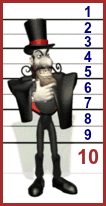 
GREAT BRITISH GROTTO GRADING
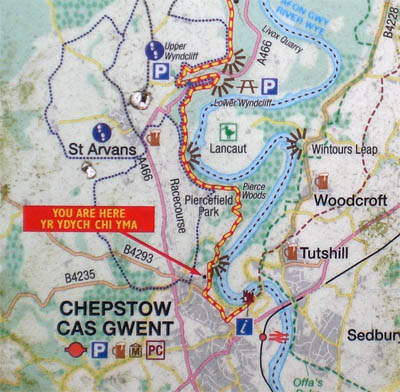
CONSTRAINTS Physical access difficult FACILITIES Access all Year, Access on Foot, Free Entry, Grotto - just one LANDSCAPE Upland, Woodlands or Forest REGION England - Central THE FEATURES PRESENT +Internal stonework that is natural, recycled or simulated to give a subterranean decor, GRADED ONE |
||||
|